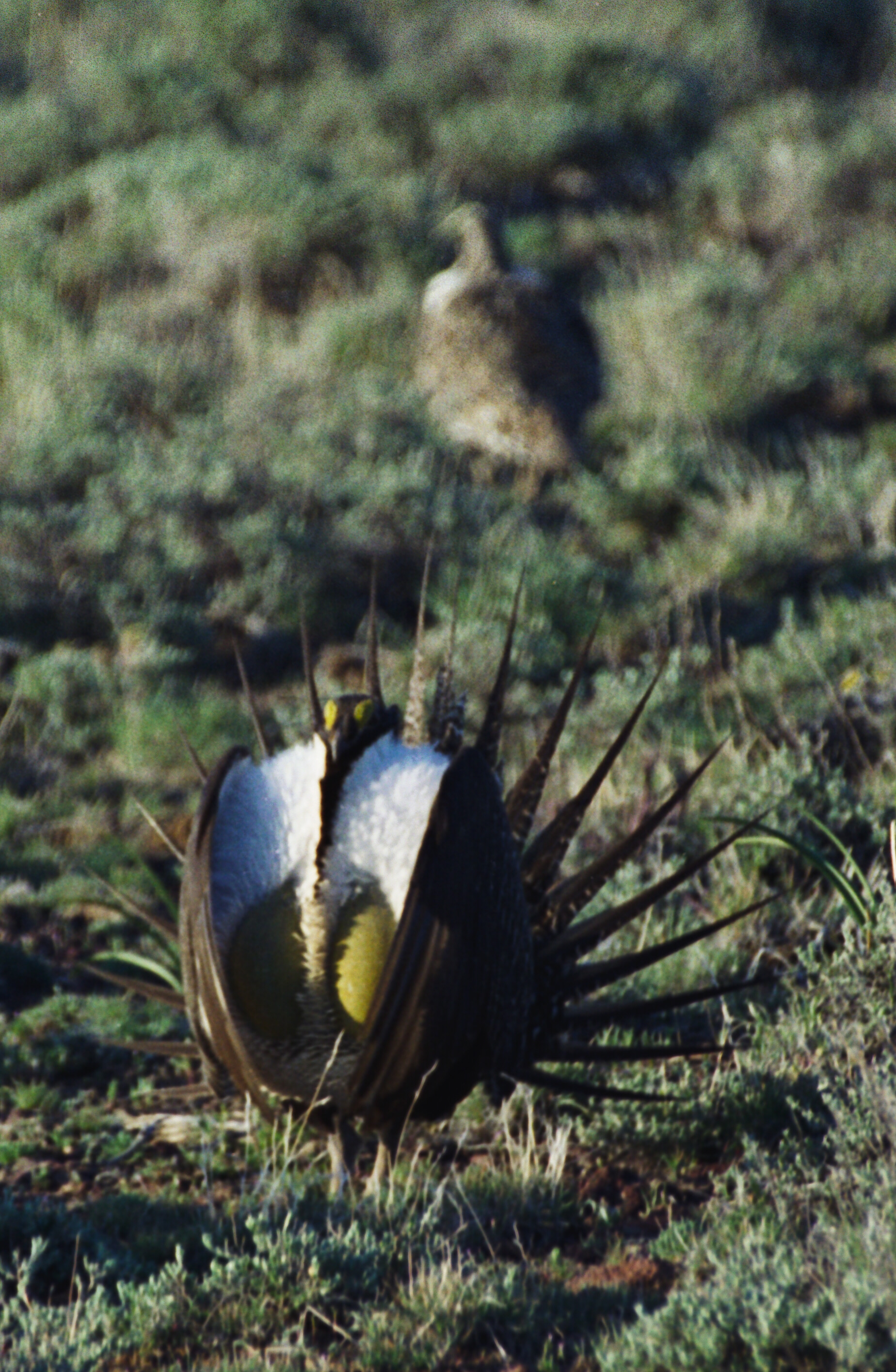New regulations help preserve Nevada’s Greater Sage-grouse habitat, support economy

New regulations help preserve Nevada’s Greater Sage-grouse habitat, support a vibrant economy using innovative conservation tool
New regulations are helping to preserve and protect Nevada’s precious sage-grouse habitat. As you may know, sage-grouse are chicken-sized, ground-dwelling birds considered an “indicator species” for the health of vast sagebrush landscapes in the U.S. West that support some 350 species of wildlife. Between 200,000 and 500,000 sage grouse remain in 11 Western states, down from a peak population of about 16 million. Such losses in habitat are due to numerous factors.
With that in mind, the Nevada Sagebrush Ecosystem Program has been working with public, private, and nonprofit groups to develop an innovative tool called the “Conservation Credit System” as a way to “offset” or “mitigate” the impacts to sage-grouse habitat from human activities. On October 30, 2019, the Legislative Commission passed regulations requiring the use of Nevada’s cutting-edge CCS tool. As an example, if a mining company proposes to conduct mineral exploration activities in sage-grouse habitat, the company would then be required to fund a sage-grouse habitat conservation project elsewhere in Nevada. The habitat “disturbance” is assigned a specific amount of “debits,” which are offset with “credits,” both determined by the real-time quality and quantity of the habitat. The project proponents of the habitat disturbance can purchase credits from private landowners willing to set aside their land for conservation, or can develop credits on their own private land or on public land through conservation actions.
In recent decades, there has been increasing concern for the greater sage-grouse and sagebrush ecosystems in the Great Basin due to widespread habitat losses. If habitat loss and degradation continue, there is the potential threat of a greater sage-grouse listing under the Endangered Species Act (ESA). An ESA listing of the species would likely have significant adverse impacts to ranchers, ranching communities, agriculture, and other industries by increasing protections and restrictions of actions and activities and slowing down permitting processes. Nevada’s new CCS regulations will help prevent sage-grouse from an ESA listing, while fostering habitat conservation and supporting a vibrant economy.
Two mitigation offsets have occurred in the few years the CCS has been operational, and more frequent use of the system to offset disturbances to greater sage-grouse habitat is expected.
To learn more about the program, visit sagebrusheco.nv.gov. To view the official regulation, visit https://www.leg.state.nv.us/Register/2019Register/R024-19AP.pdf.
